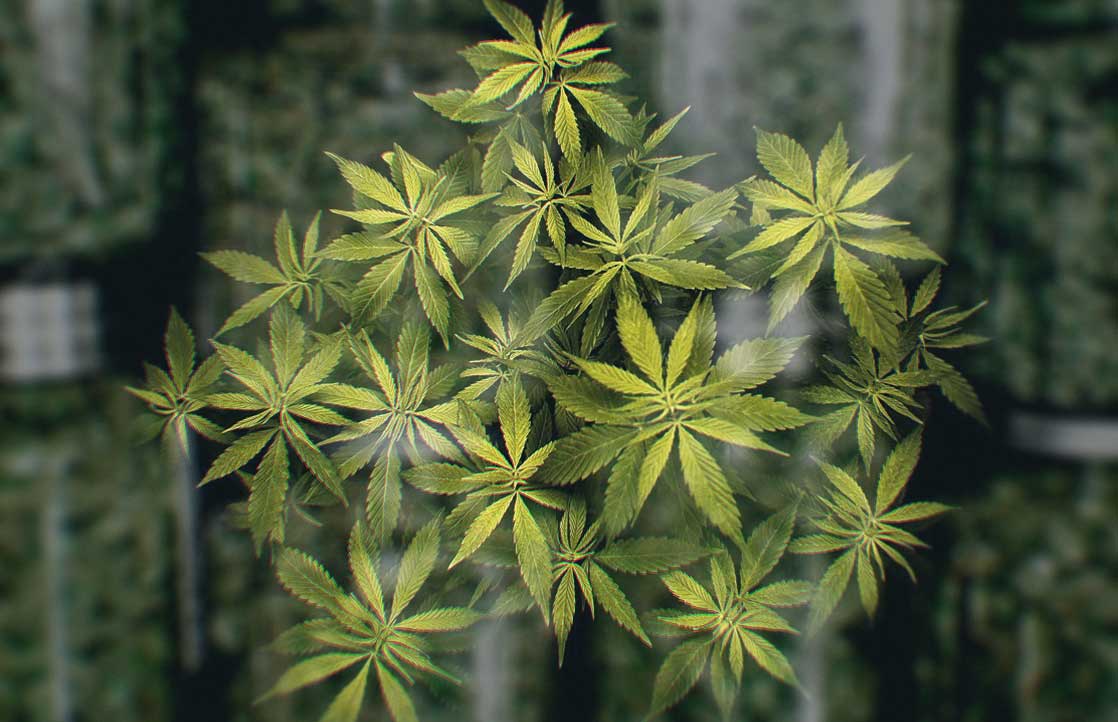Like me, marijuana (aka cannabis) has changed a lot over the last 20 or 30 years! I recently attended the Cannabis World Congress in New York City where I learned from experts and patients about some of the newer developments in what we know about it and how we use it.
I was lucky enough to have a chance to chat with dispensary folks, lab scientists, reporters from cannabis-related magazines, medical professionals, and patients. And many representatives from companies producing everything from skin products and edibles to vaping products and concentrates to extraction machinery.
Here are a few things I found out that I thought some of you, my fellow baby boomers, might find helpful.
How marijuana works
The medical benefits and the feelings of relaxation and euphoria (high) all come from cannabinoids, which are the chemical compounds found in the plant. Marijuana contains over a hundred known cannabinoids, but the most common and most studied are THC (tetrahydrocannabinol) and CBD (cannabidiol). Both can relieve pain and make you feel relaxed, but THC is the one that makes you feel high.
Marijuana doesn’t always make you feel good
Marijuana can have some not-so-pleasant side effects like many medical treatments. Especially if you are a new or less experienced user, THC can make you feel too high, dizzy, uncoordinated, panicked, paranoid, or anxious. You should remember that these effects can also occur if your dosage changes or you try new products or methods.
What to do if you feel too high
A dose of CBD can counteract the negative side effects of the THC in marijuana, so it’s a good idea to keep an emergency supply of CBD just in case you need it. CBD extracts (particularly oils) are a good choice because they contain high concentrations of CBD without any THC.
What to do if medical marijuana is not legal in your home state
THC is the cannabinoid in marijuana that is unlawful in the “illegal” states, but CBD is legal and offers similar relief from pain, nausea, and other conditions. You can find CBD-only extracts, typically oils, tinctures, and topicals derived from hemp. (The hemp plant is a relative of marijuana that does not contain THC.)
What you should know before you go to a dispensary
- Laws vary by state. Medical marijuana is not legal in every state, and legal methods for consuming it differ from state to state. For example, some states allow you to smoke flower (i.e., joints, pipes, etc) or use edibles, while other states only allow you to use oils or tinctures. What your state allows determines what your dispensary offers.
- You must have your medical marijuana card with you, whether you are the patient or the caregiver. (Yes, caregivers are required to have the cards too.) In many states, you will not be allowed inside if you don’t have it, even if you are with someone who does.
- You don’t have to go yourself if you’re not up to it. You can designate up to two caregivers who can purchase medical marijuana for you. A caregiver can be a close friend or family member, or a licensed provider who grows and provides marijuana for one or more patients. Caregivers must have medical marijuana cards that connect them to the patient.
What’s new in marijuana
Your first visit to a dispensary could be confusing if you’re not up to speed on all the newer terminology. For example, now it’s called cannabis! Here are some other things that were “news to me.”
- Flower. The dried cured marijuana leaves that you might have smoked in a joint or a pipe in college. Smoke-able flower is not legal in every state where medical marijuana is legal.
- Strain: A variety of marijuana. Strains are distinguished from each other by their cannabinoid and terpene levels, which determine its effects on the body. Strain is only relevant for smoke-able flower, not for concentrates.
- Budtender: An employee of a dispensary who is an expert on the properties and benefits of different strains.
- Edibles: Prepared foods infused with THC and/or CBD. These are often sweets, like gummy bears or the traditional “pot brownies.”
- Concentrates: Extracts, such as oils or tinctures, that contain only the active ingredients (typically THC and CBD) of cannabis.
- Oils and Tinctures: Both are concentrates in liquid form. Oils are typically used for vaping, while tinctures are used orally, often held under the tongue (sublingual).
- Vaping: The practice of superheating and immediately inhaling the marijuana, often in concentrate form, to ensure that the maximum THC and CBD content is consumed. Portable vape pens and desktop vaporizers are some of the products commonly used for vaping.


